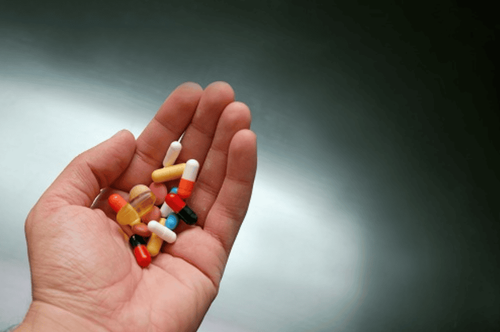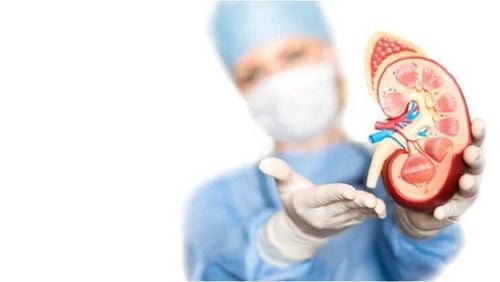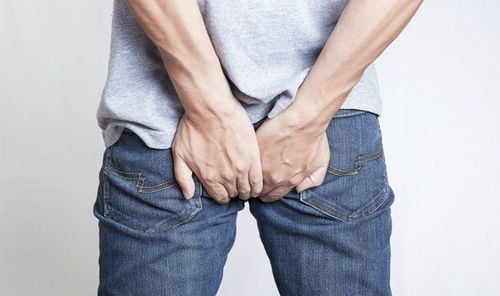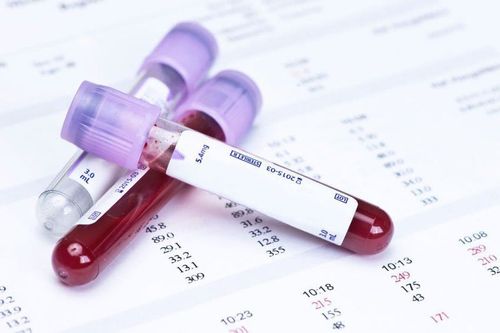This is an automatically translated article.
The addiction to drugs and addictive substances is happening more and more common and alarming. It is normally difficult to identify a person with a drug addiction unless they are in the midst of an addiction. However, with the advancement of science and technology, it is possible to easily detect addictive substances such as marijuana, crushed ice, ecstasy or heroin/morphine in urine.
1. What are drugs and addictive substances?
Drugs are substances of natural or synthetic origin that, when put into the body, will change the cognitive, physiological and possibly addictive states.
Drug addiction is a user's high degree of dependence on drugs. The addict must do all he can to satisfy his hunger for drugs; regardless of the safety and life of one's own or that of others
A narcotic substance is a stimulant or psychoactive substance that easily causes addiction to the user.
Drugs are divided into 3 categories:
Nervous system stimulants Cocaine ATS group: Amphetamine, Methamphetamine, MDMA, Methylphenidate, Dexamphetamine Nervous system depressants Benzodiazepines group: Serapax, Benzotran, Rivotril, Euhypnos, Rohypnol. .. Opioid analgesics: Opium, morphine, pethidine, codeine, heroin, codeine, dolargan Barbiturates Cannabis in light doses Hallucinogens LSD (lysergic acid diethylamide) Mescaline (peyote cactus) MDMA ( ecstasy, ecstasy) in strong doses Phencyclidine or PCP (angel dust) Ketamine Cannabis in strong doses. Drug groups need to be identified:
Opioids group: Opium, heroin, morphine, codeine, pethidine... Synthetic drug group ATS: Amphetamine, Methamphetamine (ice), MDMA (ecstasy), Methylphenidate, Dexamphetamine Cannabis group: Benzodiazepine group Other groups: cocaine, ketamine, LSD,...
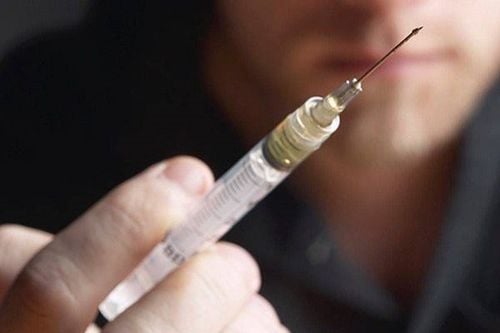
Chất gây nghiện là chất kích thích hoặc ức chế thần kinh, dễ gây tình trạng nghiện đối với người sử dụng
2. What drugs can a urine test detect?
THC - Cannabis Cannabis is a drug extracted from the hemp plant with the scientific name Cannabis Sativa. The main active chemical in the cannabis plant is called THC. How to use: Can smoke or drink marijuana. THC enters the bloodstream through the lung wall or through the stomach lining and small intestine. Then, the blood transfers THC to the brain and creates a feeling of "high" for the user. Consequences: Users experience short-term memory loss and slow learning. They may also experience transient turmoil and anxiety. Long-term and high-dose use can cause behavioral disturbances for users. Diagnostic test: The effect peaks when smoking marijuana after about 20-30 minutes and lasts 90-120 minutes after 1 dose. An increase in urinary metabolites is detected within a few hours of smoking and persists for 3 to 10 days.
MOP (Opium Drugs: Heroin, Morphin) Morphin is known as an extremely effective pain reliever, it is extracted from the opium poppy plant. Besides the analgesic effect, morphine also creates another very serious danger of addiction to users. Administration: Can be used orally, nasally, intravenously or intramuscularly. Consequences: Users can die from overdose. Diagnostic tests: The drug has an effect within 3-6 hours, metabolized with only 2-12% excreted in the urine as unchanged Morphine. As for Heroin, it quickly converts to Morphin in the body. The excretion of heroin is similar to that of Morphine Codeine, also extensively metabolised with 10-15% in the form of Morphine or codeine and persists for 3-7 days.
MET - Methamphetamine is an addictive substance belonging to the group of amphetamine-type stimulants. When taken, it acts on the central nervous system and stimulates the mass release of dopamine. Route of administration: can be inhaled, taken orally or injected.. Consequences With low doses and prolonged use, the behavior of users of this substance is difficult to predict. The person may be very happy, sociable, and calm, and then become angry and agitated shortly after. Difficulty sleeping and not being able to eat causes them to become extremely tired and continue to use methamphetamine to stay awake. With high doses for a long time can cause patients to become depressed, paranoid (believing things that are not real), hallucinations (hearing or seeing things that are not real). Many also engage in self-destructive behavior, commit suicide, or become extremely dangerous and commit violent acts. Diagnostic test: MET is a synthetic drug that appears in the urine within 3 hours of administration (any route) and persists for 24-48 hours after the last dose.
MDMA - Ecstasy Ecstasy is an illegal synthetic narcotic drug, commonly consumed in pill, tablet, or capsule form. The stimulant properties of ecstasy enhance the user's energy and alertness, while the hallucinogenic effects of MDMA are sensory stimulation that causes distorted reality images. Administration: MDMA can be administered orally or intravenously. Consequences: Using MDMA is the shortest path to death. Because when using high doses of MDMA, it will disturb the body's ability to regulate body temperature, causing the body temperature to rise suddenly leading to liver failure, kidney failure and heart failure. The lack of dopamine will cause damage. cognitively and psychologically. This partly explains why MDMA users always feel sad and sluggish after a night of use. Diagnostic tests: MDMA begins to work 30 minutes after administration, peaks after 1 hour, and lasts 2 to 3 hours. 65% is excreted in the urine and is detectable within 3 days of administration.
3. Errors and handling in urine drug testing
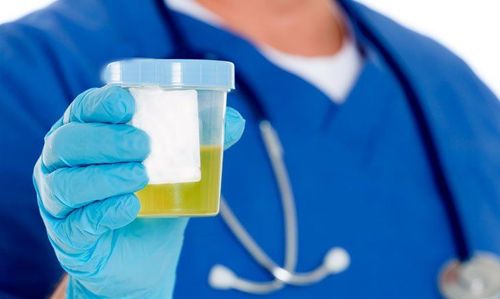
Mẫu bệnh phẩm của bệnh nhân chỉ được thực hiện khi kết quả kiểm tra chất lượng đạt yêu cầu của quy trình kiểm tra chất lượng
Before performing a urine drug test: The patient's urine must be taken with the correct technique, free of blood and pus.
The patient's information must be fully recorded on the specimen container (name, age, address, department/room, bed number...). This information must match the information on the test order sheet. If incorrect: Cancel and re-sample.
Note:
Urine samples must not be diluted and must be stored in a clean and dry test cup. Urine samples can be collected at any time of the day. Cloudy urine samples need to be cleared by centrifugation, filtration or settling before testing.
Urine samples can be stored for up to 48 hours before testing at 2-8°C. For longer storage, urine samples should be stored at -20°C. Before testing, the urine sample must be completely thawed, shaken, and equilibrated.
While performing a urine drug test Patient specimens are only taken when the quality test results meet the requirements of the quality control process.
After the test Analyze the results obtained with the clinical diagnosis, with the results of other tests of the same patient; if not suitable, recheck: information on patient sample, sample quality, re-analyze that patient sample.
Vinmec International General Hospital is one of the hospitals that not only ensures professional quality with a team of leading medical doctors, modern equipment and technology, but also stands out for its examination and consultation services. comprehensive and professional medical consultation and treatment; civilized, polite, safe and sterile medical examination and treatment space. Customers when choosing to perform tests here can be completely assured of the accuracy of test results.
Customers can directly go to Vinmec Health system nationwide to visit or contact the hotline here for support.
SEE ALSO:
Meaning of ASC Index in Urinalysis




